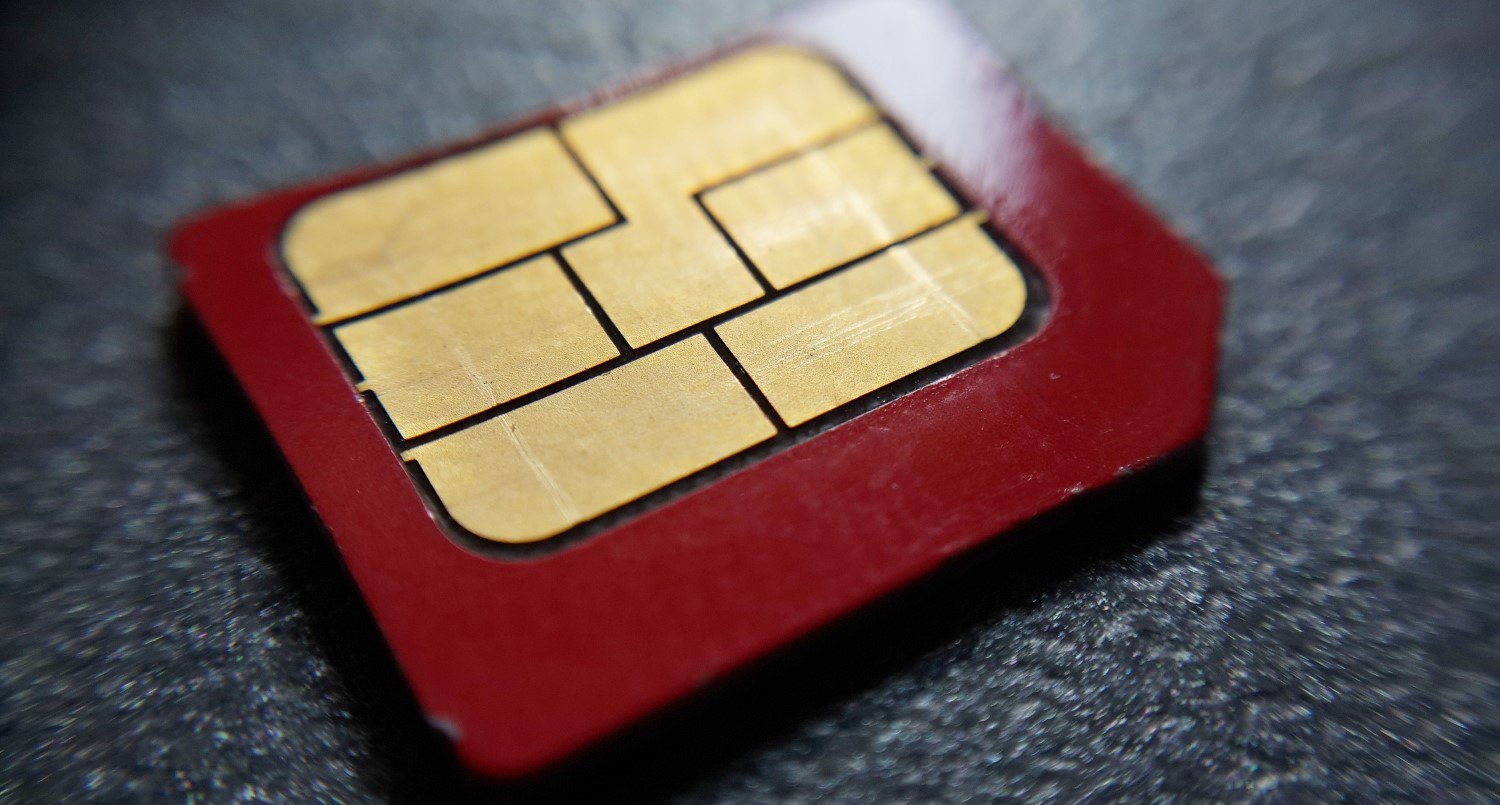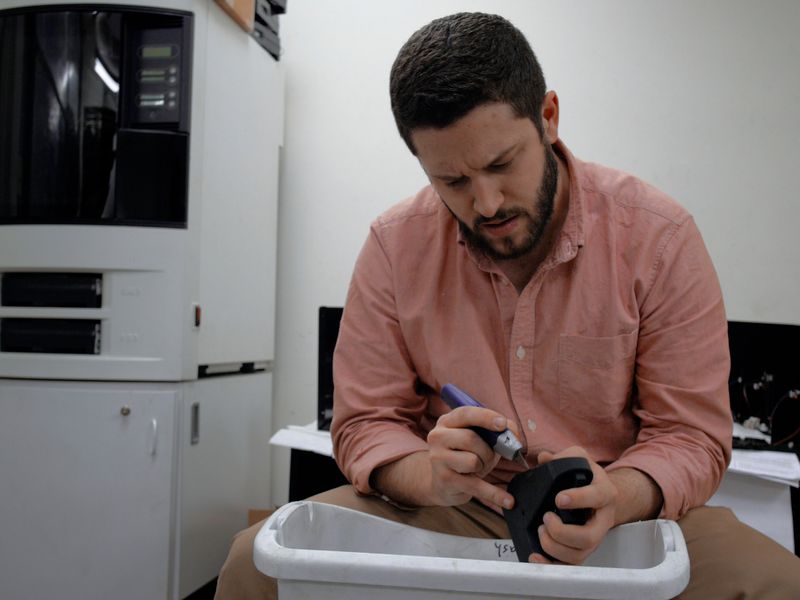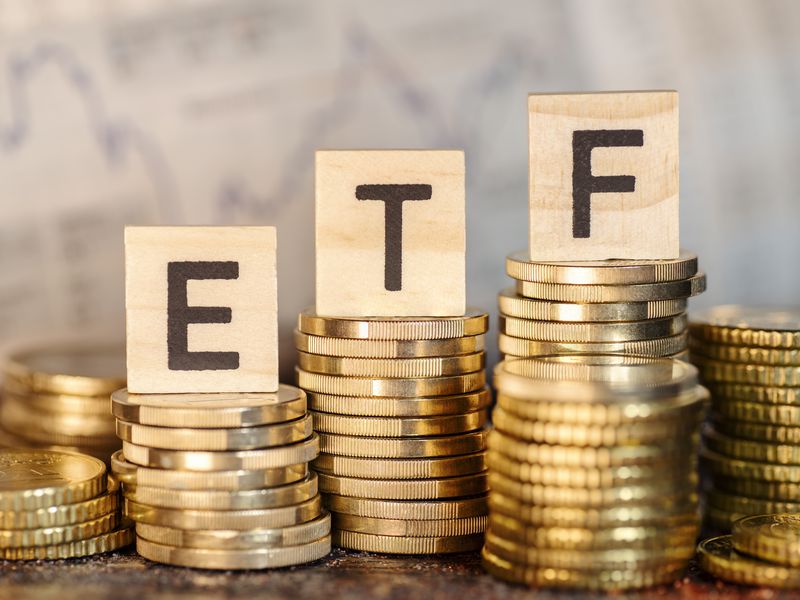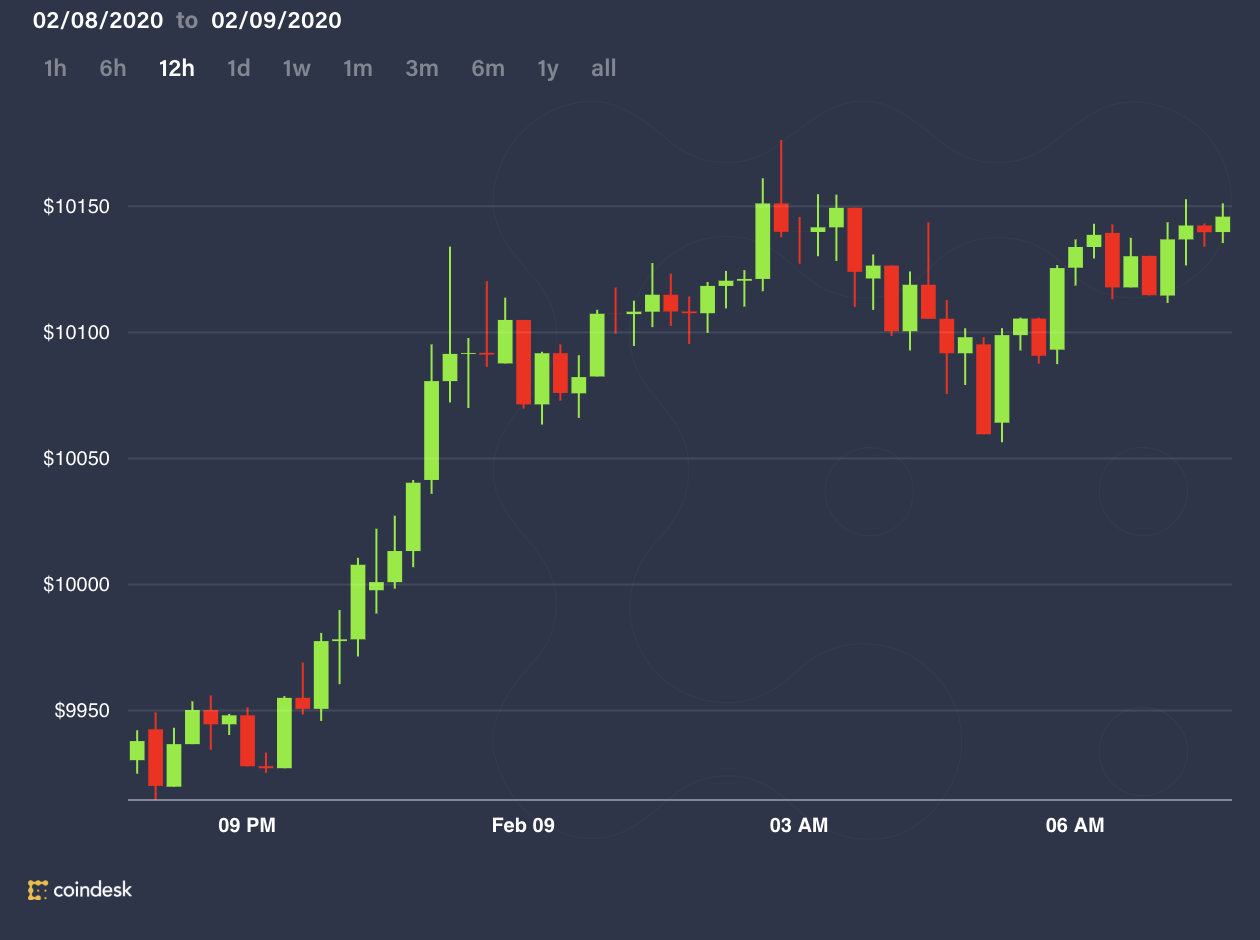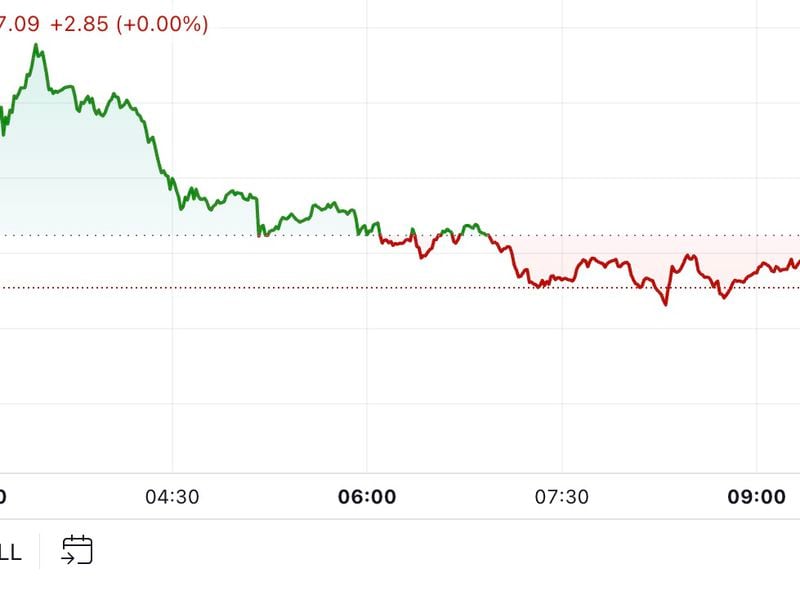Wuhan Days: What I Learned About Blockchain From Two Months Under Lockdown
A guard polices access to a shopping area in Wuhan. Via Shutterstock
Wuhan Days: What I Learned About Blockchain From Two Months Under Lockdown
Wei Liu is Head of Business Development for DeFiner.org, a peer-to-peer network for digital savings, loans and payments. He is based in Wuhan, China.
For my family and I, the Chinese Lunar New Year in January 2020 marked the beginning of a new way of life. I live in Huanggang, a city of seven million in the Wuhan region of China, where the COVID-19 pandemic began. After two months, my lockdown experience is finally ending, and I’d like to share what I’ve learned in quarantine, particularly about how I’ve seen blockchain applications provide solutions to the health and economic challenges that face the world.
The unity of the blockchain community was evident from the outbreak of the virus. Blockchain startups, together with local authorities, worked tirelessly to collect and secure medical data, track medical supply chains and provide critical information to medical staff. In the first two weeks of February, companies like Vestchain Technology and Alipay released at least 20 blockchain-based applications to tackle the mounting challenges facing communities and front-line health workers. Since then, one of China’s largest couriers, SF Express, has started using blockchain technology to deliver supplies to COVID-19 pandemic victims.
To understand how blockchain played a role in tackling the challenges posed by the virus, let me take you through my journey in the Wuhan region during the period.
Huanggang is close to the epicenter of the original COVID-19 outbreak. The authorities put strict rules in place and they have been strongly enforced. Only one person in a household could ever exit their house or apartment, and only for absolutely essential needs. Roads into and out of the city were shut down and heavily policed. The government even created an app for people wishing to venture outside. Users who certify that they have no symptoms and that they have isolated for an appropriate period will receive a custom QR code that the authorities may scan. If your app throws up a green border to the QR code, you may go outside. If it’s red, you must remain indoors.
I wasn’t the household’s designated essential shopper, so I spent seven full weeks indoors to prevent infection. As I write, many restrictions are loosening, but others remain in force, and it’s clear that it will be many days before things fully return to normal. I’ve been relatively fortunate in my isolation. I live in a house, not an apartment, and I live with family, so I’ve had the company of loved ones during this trying time. My mother keeps active by dancing, while my little cousin runs and jumps. Even at the height of the pandemic, my family has been healthy and active. While we’re all looking forward to the eventual lifting of restrictions, I believe this experience has brought an already tight-knit family even closer together.
Within a few weeks, I was receiving thousands of emails a day in my volunteer role.
Though I couldn’t leave the house, I was fortunate enough to be able to continue my day job, which remained unaffected given that my business has always operated on a decentralized model. What I’ve experienced in the last few months is what my colleagues in the U.S. now face and are coming to terms with. Within a few days of the lockdown beginning, I realized that just doing my regular work wasn’t enough. Blockchain workers like me believe in dreaming big; I began searching online with other members of the DeFi community for ways to help.
This crisis instilled a strong collaborative culture in the blockchain and startup world. Providing effective solutions to economic and human problems has always motivated our industry. I quickly learned this when I began helping the Binance Charity Foundation to help facilitate, track and record the movement of vital medical supplies to the hospitals that needed them. Blockchain has a culture of innovation and disruption, so we were able to establish lines of communication and payment very quickly.
Within a few weeks, I was receiving thousands of emails a day in my volunteer role. People I’ve not yet met in person are now trusted friends, fellow philanthropic relief workers. Most of our correspondence was through WeChat and social media; we didn’t directly use blockchain technology, as there were some problems with speed and scale that made WeChat more efficient for our purposes. While the development wasn’t yet ready for our mission, blockchain is improving every day, and I’m sure that the ongoing global crisis has inspired many developers to build (some of whom now have unprecedented amounts of time to create solutions to blockchain’s obstacles).
Blockchain for supply chain, payments
If a situation like this ever recurs, I’m sure the blockchain infrastructure will be ready. Much of my work during this pandemic has also been arranging payments across time zones and between previously unacquainted parties. I can’t help but think a more robust decentralized financial infrastructure could have made the work easier. For example, countries around the world are distributing one-time or recurring payments to affected citizens, but payment may depend on outdated systems like the American Automated Clearing House (AACH). Some funds will even be disbursed by paper checks. I hear stories of citizens in a number of countries waiting weeks for economic subsidies, and I hope this encourages governments to join the DeFi revolution.
Similarly, DeFi can assist the unbanked in times of crisis like these, if properly adopted. China has the world’s largest population, as well as the world’s highest number of unbanked people, but most countries face similar obstacles. In the U.S., which looks to be the new epicenter of the pandemic, roughly 25 percent of the population is unbanked or underbanked. My career is building tomorrow’s DeFi platforms. I hope that no society ever faces an ordeal like COVID-19 again, but I want to build systems that will enable quick response to any disasters that do occur. Once DeFi is ready – a reality that is fast approaching – will officials adopt the technology and improve economic crisis preparedness?
As the crisis in the Hubei province recedes, I’m still doing volunteer work. The tools my colleagues and I developed could help hospitals in other outbreak centers across the world. What we worked to ship in, we’re now beginning to ship out. If my expertise can make someone else’s life safer or easier, I feel obligated to help. The people of Huanggang know just how serious this virus is. The blockchain community saw this, and coordinated an overwhelming response.
Like millions of others around the world, I will feel relief when I can once again engage face-to-face with my neighbors, colleagues and others. At the same time, I know that I will feel a measure of satisfaction for working in an industry that has helped slow the spread of the coronavirus. A global crisis of this magnitude requires a collaborative, innovative approach on a large scale. Blockchain technology has the capability to drive forward innovations in helping businesses, hospitals, and communities to overcome disruptions. Everyone has a part to play. If you can sew masks, sew masks. If you have spare protective equipment, donate it. If your neighbors are elderly or immunocompromised, volunteer to pick up their groceries. And if there’s no reason to go out, stay inside. You’ll be doing the world a favor.
Disclosure Read More
The leader in blockchain news, CoinDesk is a media outlet that strives for the highest journalistic standards and abides by a strict set of editorial policies. CoinDesk is an independent operating subsidiary of Digital Currency Group, which invests in cryptocurrencies and blockchain startups.



